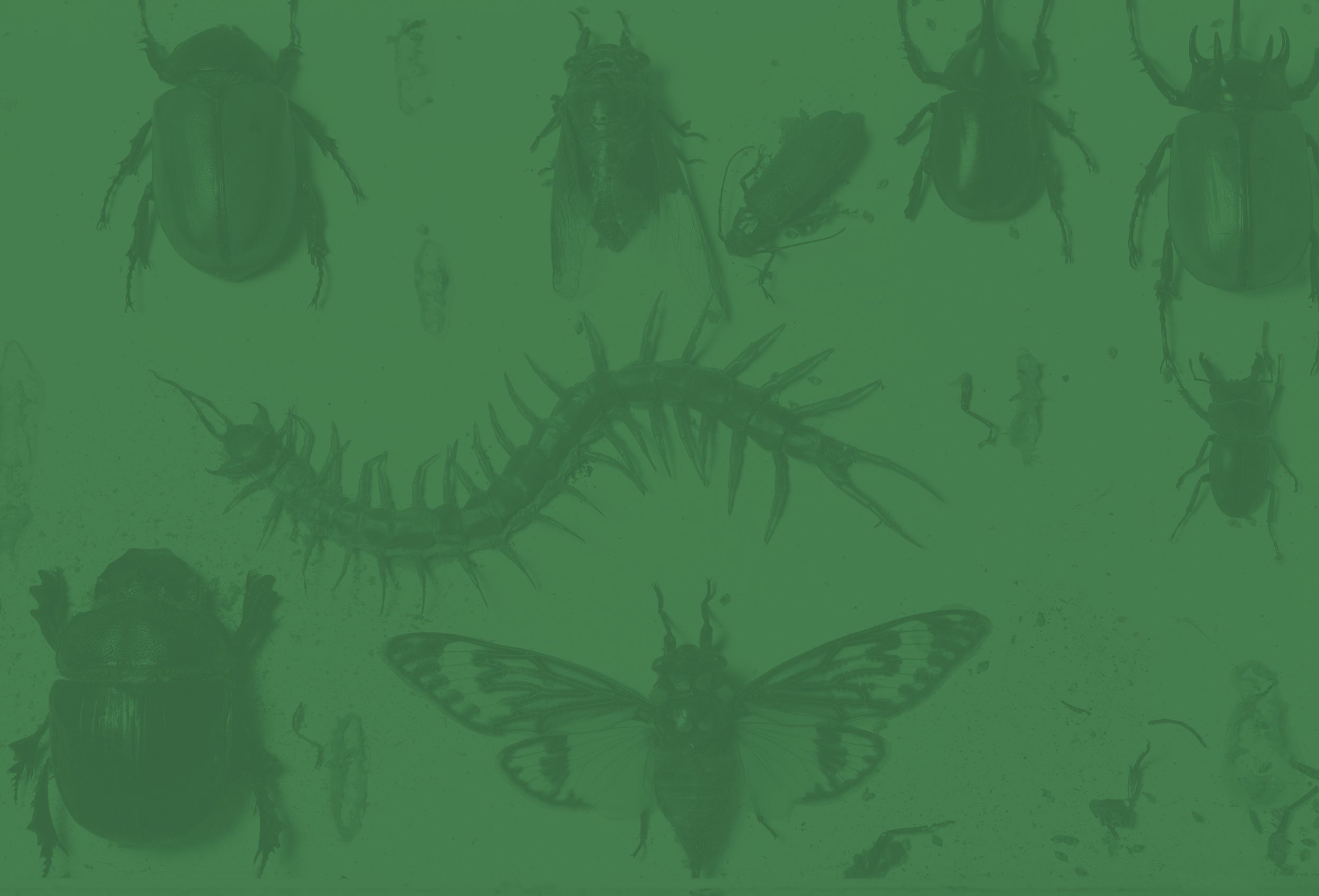
Flies
What kinds of flies are in Ohio?
In Ohio, the most common types of flies include:
House flies are the most ubiquitous fly species found indoors. They are attracted to decaying organic matter, garbage, and food scraps, making kitchens and trash bins prime habitats. House flies can transmit disease-causing pathogens by contaminating food and surfaces with their saliva and feces.
Fruit flies are small flies with reddish eyes and tan bodies, often found near ripe or fermenting fruits and vegetables. They can also breed in drains, garbage disposals, and damp organic matter. Fruit flies are a common nuisance in kitchens and can quickly multiply if food sources are left exposed.
Cluster flies are larger than house flies and have a distinctive gray-brown coloration. Cluster flies typically invade homes in the fall, seeking shelter from cooler temperatures. They may congregate in attics, wall voids, or other secluded areas and become active again in the spring.
Drain flies, also known as moth flies, are small, fuzzy flies commonly found around sinks, drains, and sewage systems. They breed in organic matter buildup within drains and pipes, emerging as adults to infest indoor areas. Drain flies are often attracted to moisture and organic debris.
Blow flies are attracted to decaying organic matter, including animal carcasses, garbage, and compost. While blow flies primarily breed outdoors, they may enter homes in search of food or shelter, particularly if there is a nearby food source or entry point.
Can flies be harmful?
Flies themselves are not inherently dangerous to humans, but they can pose health risks indirectly. Some flies, such as house flies and blow flies, can carry disease-causing pathogens on their bodies or in their feces after coming into contact with contaminated surfaces, garbage, or decaying organic matter. When flies land on food or surfaces in homes, they can transfer these pathogens, potentially leading to foodborne illnesses or the spread of diseases like diarrhea, dysentery, and salmonellosis. Additionally, certain fly species may cause nuisance and irritation through their presence and breeding habits, such as fruit flies infesting kitchen areas or cluster flies seeking shelter indoors during colder months. While not directly dangerous, flies can be vectors for disease transmission and may contribute to unsanitary conditions if infestations are left unchecked. Proper sanitation, waste management, and pest control measures are essential for reducing fly populations and mitigating associated health risks.
Please contact Dean’s Pest Control and ask about our Home Shield Program or our Property Shield Program, designed for commercial properties to ensure that fly activity is controlled.

Ready to get started?
Call us today at 614-633-6860, complete the contact form, or use our online portal to sign up.


